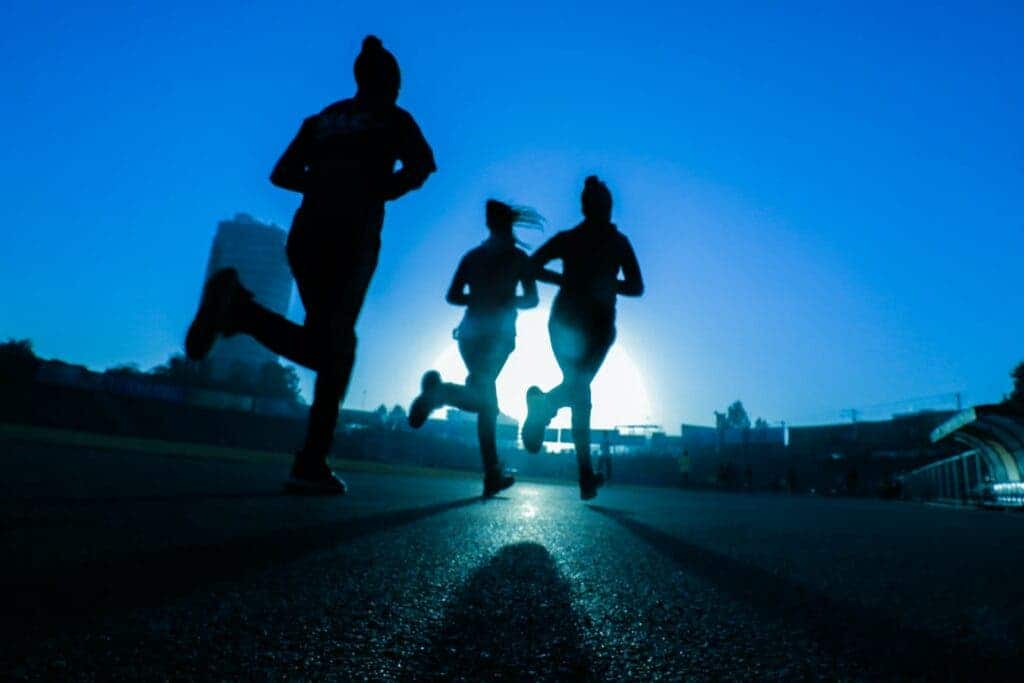A recent scientific study published in Experimental Brain Research has found that biological movement makes time seemingly pass slower. According to the study, this is not the case for non-biological movement.

“Visual motion stimuli can sometimes distort our perception of time. This effect is dependent on the apparent speed of the moving stimulus, where faster stimuli are usually perceived lasting longer than slower stimuli,” the researchers explain.
The research was conducted at ABC Federal University (São Paulo, Brazil) and collected data from 30 students. The researchers’ goal was to evaluate how humans perceive the elapsed time when watching a video of a person running (biological movement) and a non-biological geometrical shape moving on a pendular way.
While both had the very same 15-second duration, participants thought the biological stimulus lasted longer than the non-biological stimulus. Researchers tried to explain why this happens.
“Since the human movement is more complex, the way we understand and process that visual stimulus is different and most likely more complex than when we process non-biological movement of objects. For that reason, participants think the duration of the biological stimulus is higher”, explains Giuliana Giorjiani, the lead researcher now working at the University of Coimbra.
In order to find the speed that made the biological stimulus appear more normal, the team of researchers also experimented with different stimulus speeds by increasing and decreasing frame rates. With that in mind, they monitored what happened in the brain, namely the Superior Temporal Sulcus (STS), a part of the brain known to process information related to movement and the human shape. To do this, they used a technology named Functional Near Infrared Spectroscopy (fNIRS) that measures blood oxygenation levels in real-time, similar to some fit bands and watches.
“By measuring the amount of oxygenated and non-oxygenated hemoglobin, we verified there is an increased activity of the STS region when participants watched the biological movement stimulus compared to the movement of a geometric shape”, Giorjiani clarifies.
It’s still not clear why this happens. The study also comes with the limitation of having a relatively small sample size. It’s just one of the many biases our brain seems to have, and unraveling them is still a work in progress.
“We know our brain has many biases, such as the perception of time. By knowing how theses biases work, we might be able to help society using them in our favour”, concludes the researchers.
A demonstration of the stimuli is available below:
Giorjiani, G.M., Biazoli, C.E. & Caetano, M.S. Differences in perceived durations between plausible biological and non-biological stimuli. Exp Brain Res (2020). https://doi.org/10.1007/s00221-020-05904-w






